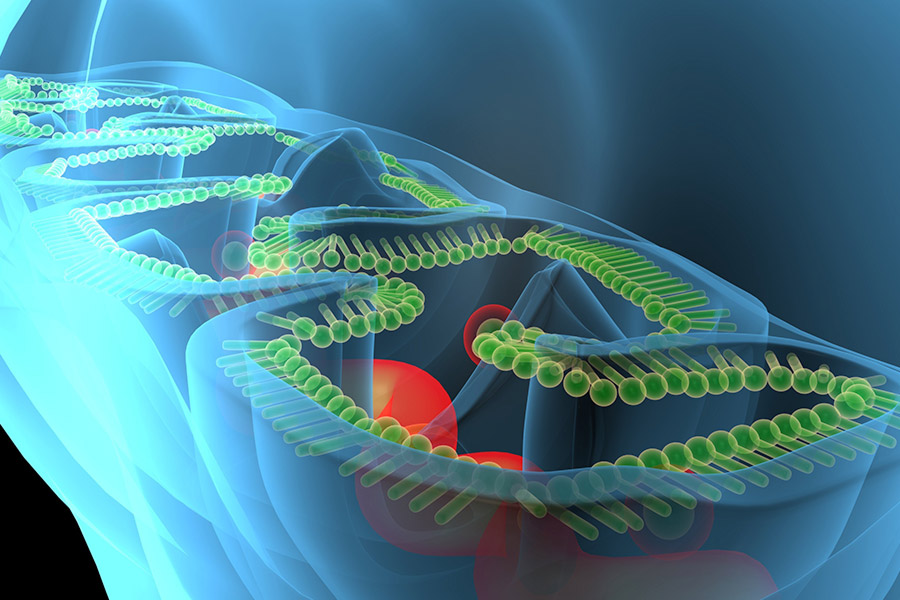Mitochondrial HDAC1 Inhibitors
Developed to treat acute myocardial infarction.
Developed to treat acute myocardial infarction.
Until now, there have been no effective treatments on the market for individuals with heart failure induced by myocardial ischemia.
Neuroene Therapeutics is developing histone deacetylase (HDAC) inhibitors for treating heart failure induced by myocardial ischemia. Acute myocardial infarction (AMI) is a leading cause of morbidity and mortality in the world and ~805,000 Americans will have a new or recurrent AMI this year. Reperfusion is the current standard therapy for AMI, a “double-edged sword” strategy that creates a secondary wave of damage termed ischemic reperfusion injury (IRI). IRI contributes to up to half of the final infarct size and can lead to life-threatening ventricular arrhythmias and sudden death.
Data show that mitochondria play a critical role in IRI pathogenesis but to date, there are no effective treatments to limit IRI. Thus, there is a great need for novel therapeutics that could be administered at the time of reperfusion to decrease IRI to preserve mitochondrial and cardiomyocyte survival and function.

We discovered that HDAC1, a class I HDAC, is present in the mitochondria of cardiac myocytes. Our proof of concept data show that specific inhibition of mitochondrial HDAC1 at time of reperfusion leads to: 1) limited reactive oxygen species production and decreased mitochondrial maximal rate of oxygen consumption in cardiac myocytes, 2) preserved cardiac function and 3) reduced infarct area within the first hr following reperfusion compared to vehicle-treated hearts ex vivo. Altogether this suggests that mitochondrial acetylation/deacetylation is altered in IRI, and that depressing mtHDAC1 activity during reperfusion preserves this balance.
The goal of this project is to synthesize an innovative mitochondrial-targeted HDACi called MitoSTAT, deliverable at time of reperfusion in patients presenting with AMI to preserve cardiac structure and function, and prevent development of heart failure associated with IRI. No other HDACi has been designed to be delivered exclusively into mitochondria. Current treatments for IRI do not target underlying cause of the injury, namely cellular respiration changes that induce mitochondrial dysfunction. Our long-term goal isto develop a novel mitochondrial targeted drug that protects AMI patients from IRI and improve outcomes following an AMI.
